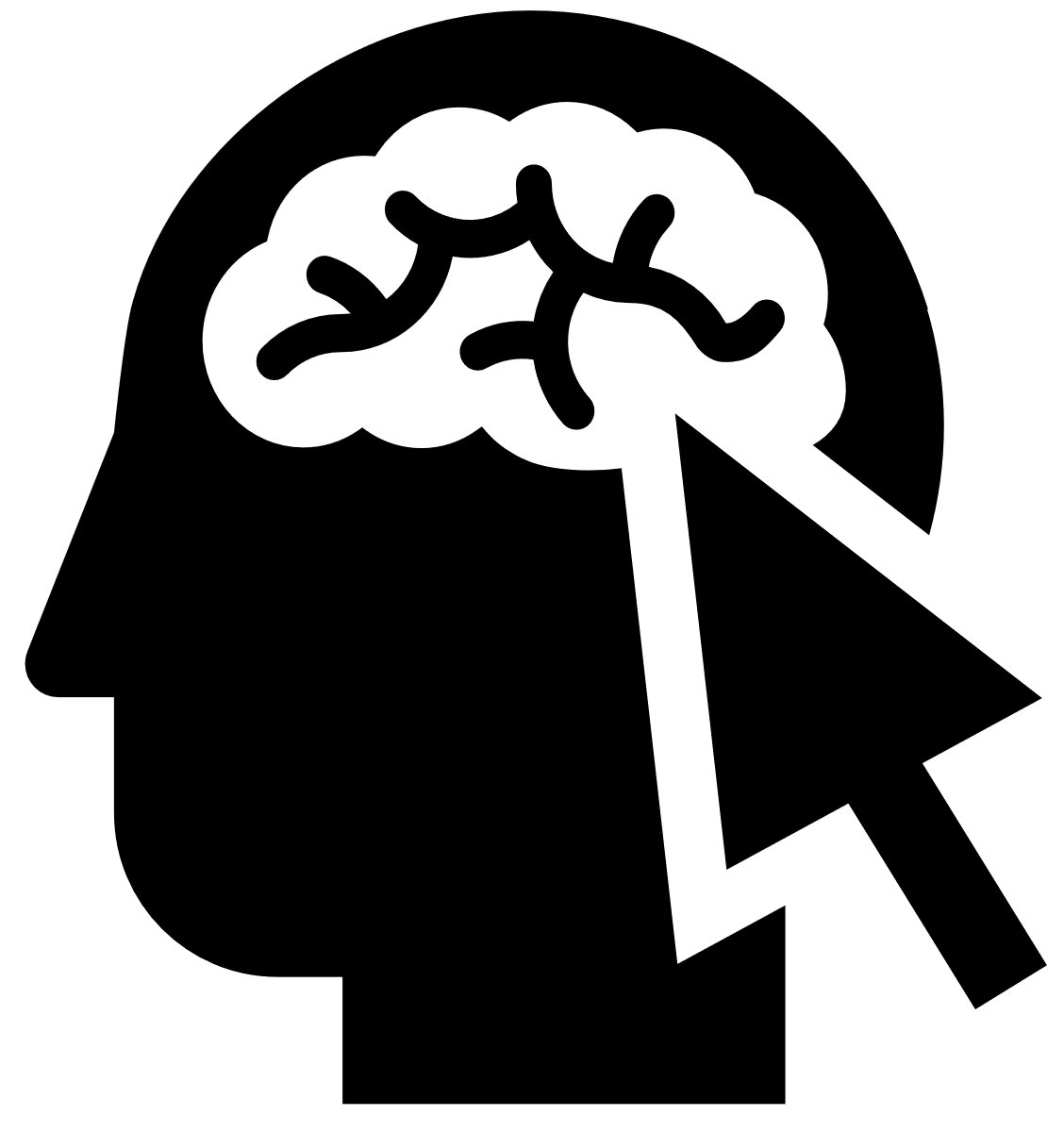GDRC's Website Resources
| Hari Srinivas | |
| Learning Lab Series L-302. December 2020 |
| W | ith an explosion of information available on the internet, strategies to learn from the wealth of info available, including from the website of the Global Development Research Center (GDRC), become important to make sure that information access can enable a learner to gaining knowledge.
This short document outlines the four steps that a learner can use to learn from the GDRC website (or any other website, for that matter!) |

Using the GDRC website as a learning tool involves four steps. Firstly, understand how the GDRC website is structured, including the various themes and subthemes that are covered in its 15 research programmes. Secondly, clarify what you already know so that it is clear what additional is needed/learned. Thirdly, explore GDRC's website for the themes you are learning, and finally, plan out your next steps by using the GET Matrix.

Think of GDRC as a "hybrid" library that emphasizes the concept of transdisciplinarity. It contains publications that are a result of its own research activities. In support of these pubs, GDRC also contains related documents prepared by other etities and avaailable online. It also contains links to institutions that are doing similar work. These themmatic collections of local info based on its own work and remote info, based on others work, is what makes GDRC's website useful for learning purposes.

Clarify what you already know
A learner's current interests and needs is based on both his/her educational background and work experiences. Understanding the boundaries of this set of existing info/knowledge is important in outliningwhat new topics and issues are to be explored/expanded on for learning. Knowledge, afterall, "happens" when info is added as a new layer to existing info!

Explore GDRC's Resources
Witha clear idea of what you want to learn, arm yourself with a good set of keywords and search GDRC and explore the website by reading its pubs and reports; subscribing to its social media channels; exploring the linked information; and of course ask GDRC any questions that you may have.

Plan your next steps
This is a critical step in the learning process that does three things - (1) localize the knowledge gained, i.e. scale it to the level you want to use the info; (2) contextualize it, i.e. link it to the situation on the ground; and (3) customize it, i.e. use it for a specific need or problem.
Laying out the actions that need to be taken can be laid out in the form of a matrix. What different (but linked) actions need to be taken at the global, national and local levels? Who has to take these actions - Governments? Businesses? Civil society entities? these two patterns form the basic matrix.
To better understand what the actions are, it will be useful to categorize them for each cell of the matrix as laws and rules/regulations, education and awareness raising, and technologies and techniques.
 Hari Srinivas - hsrinivas@gdrc.org Hari Srinivas - hsrinivas@gdrc.orgReturn to the Learning Lab |